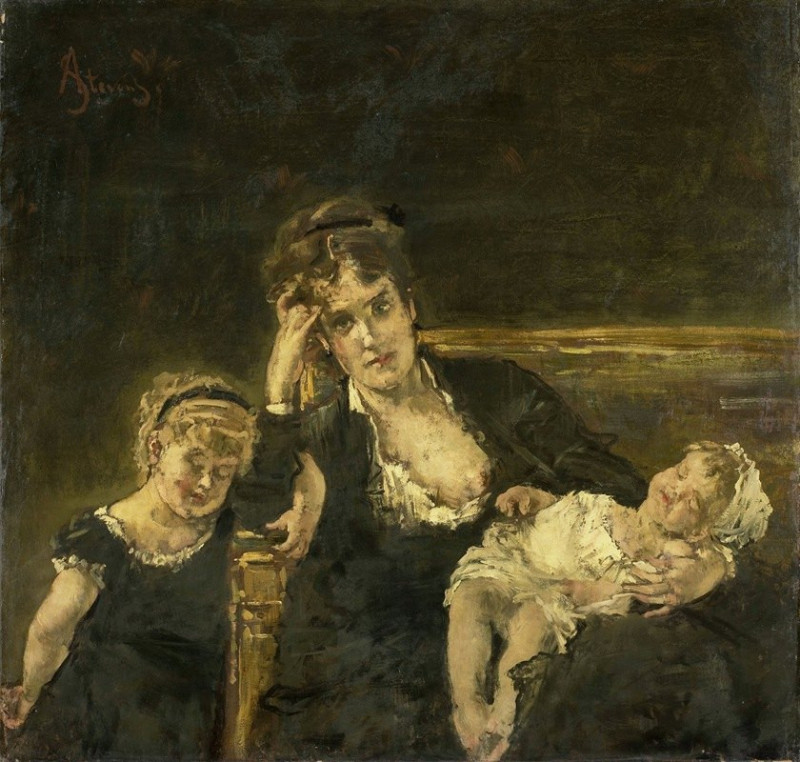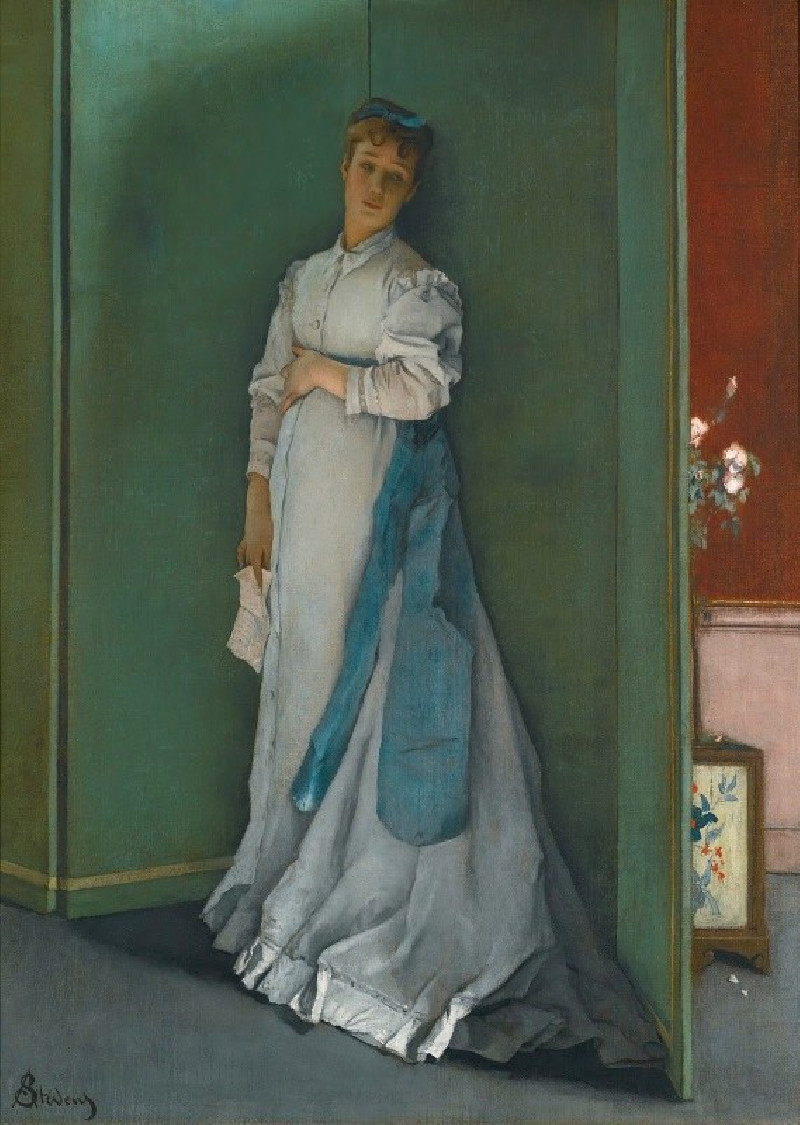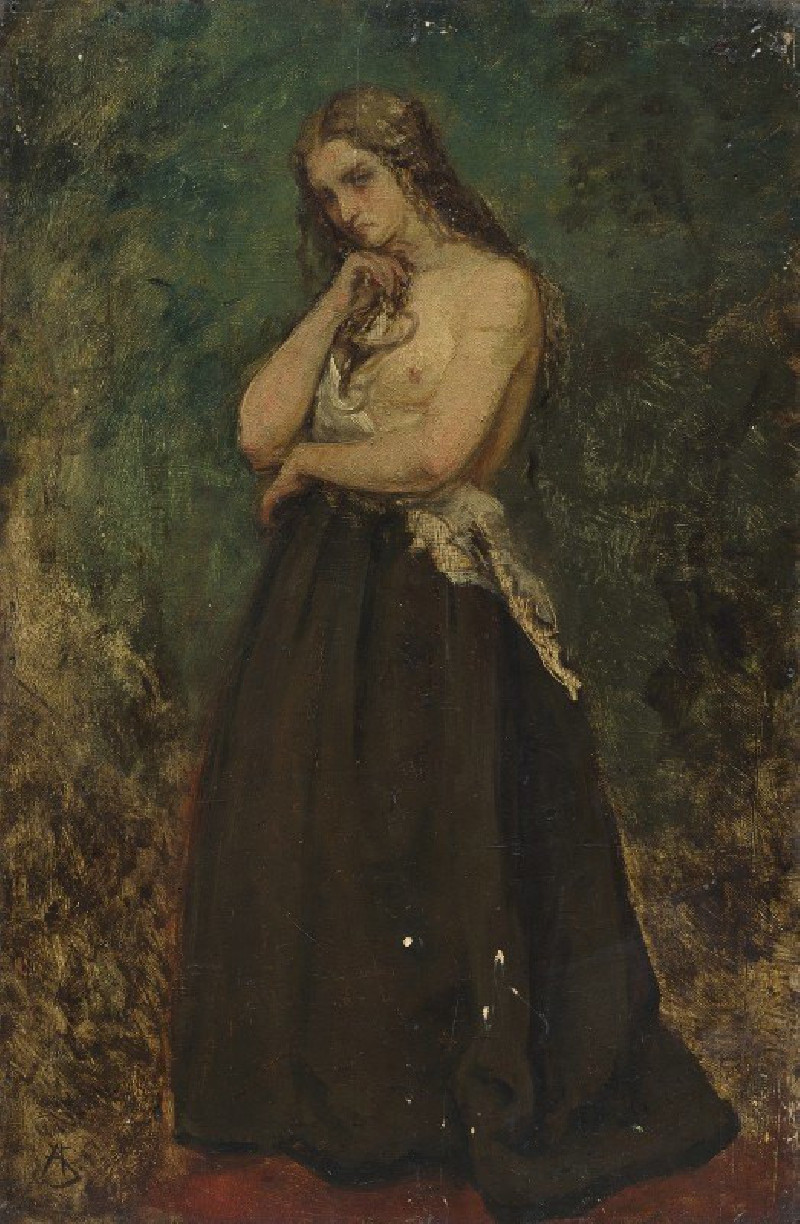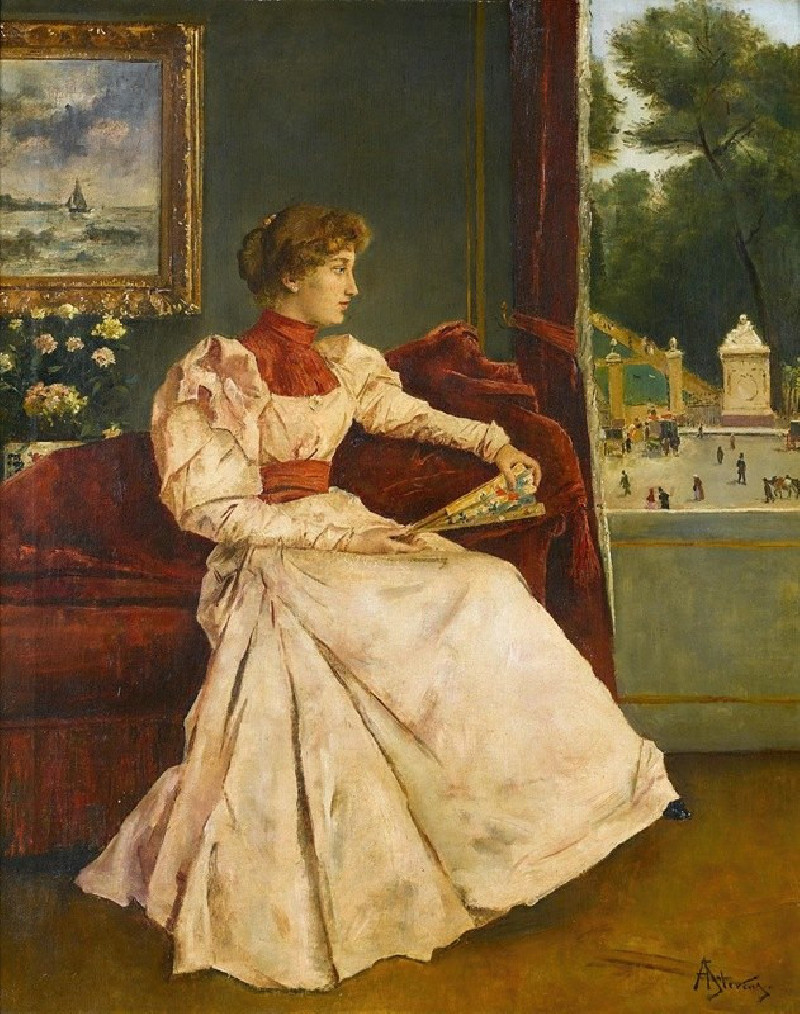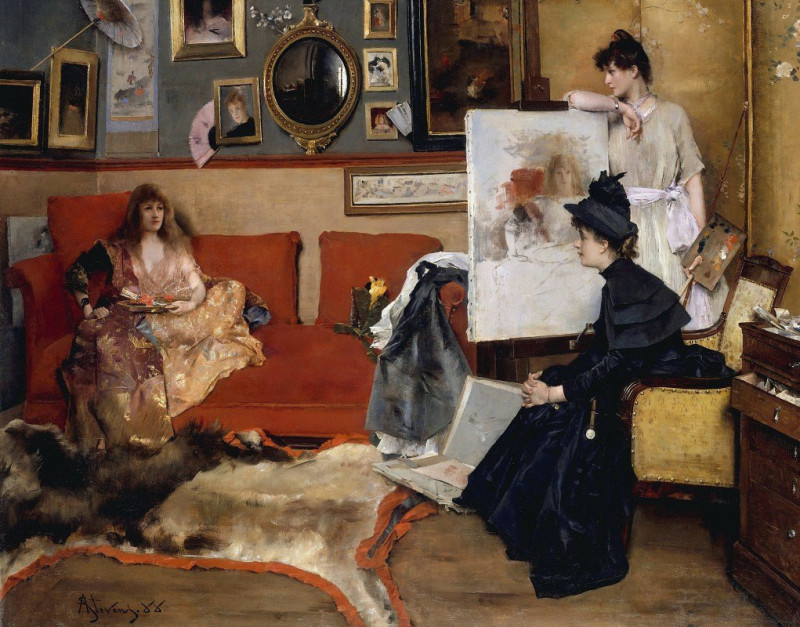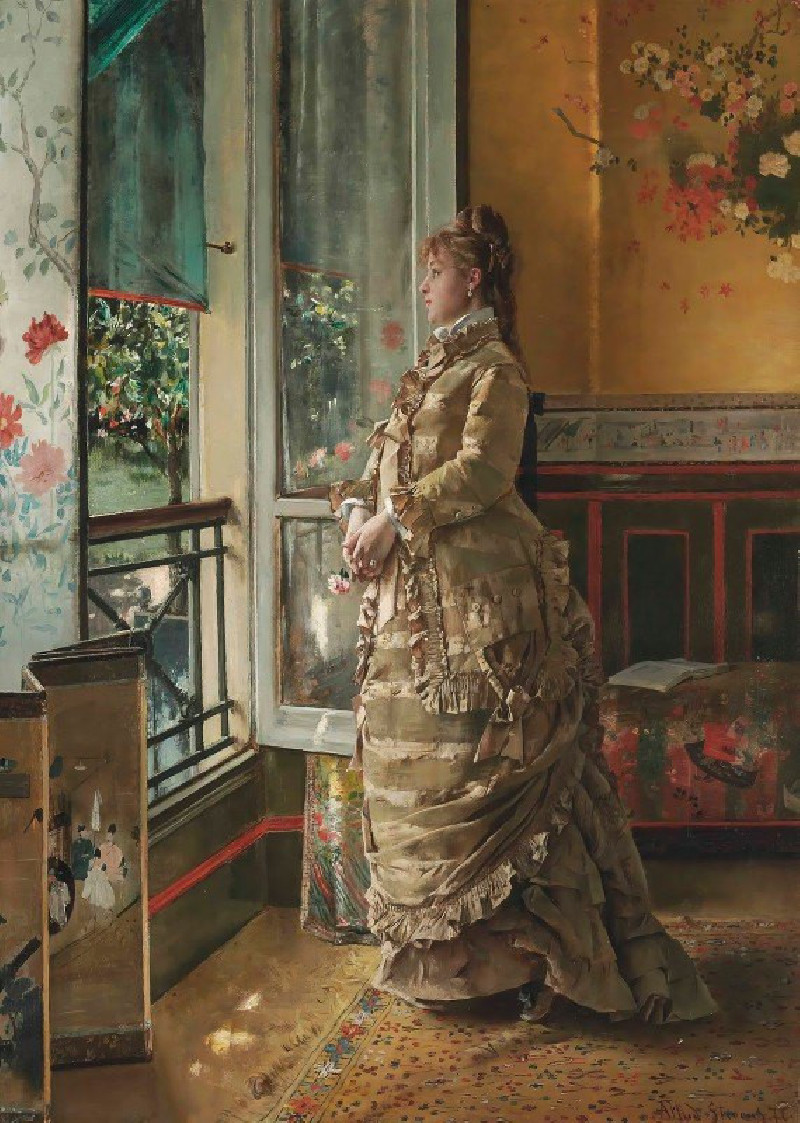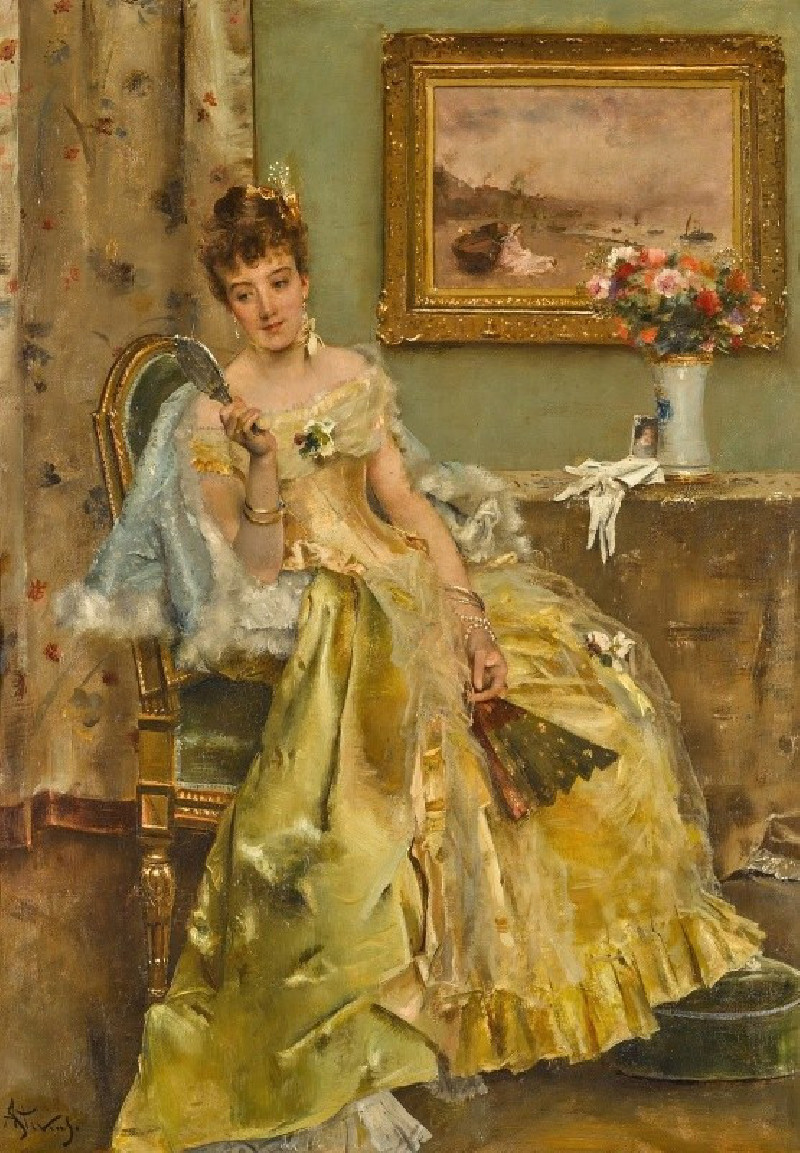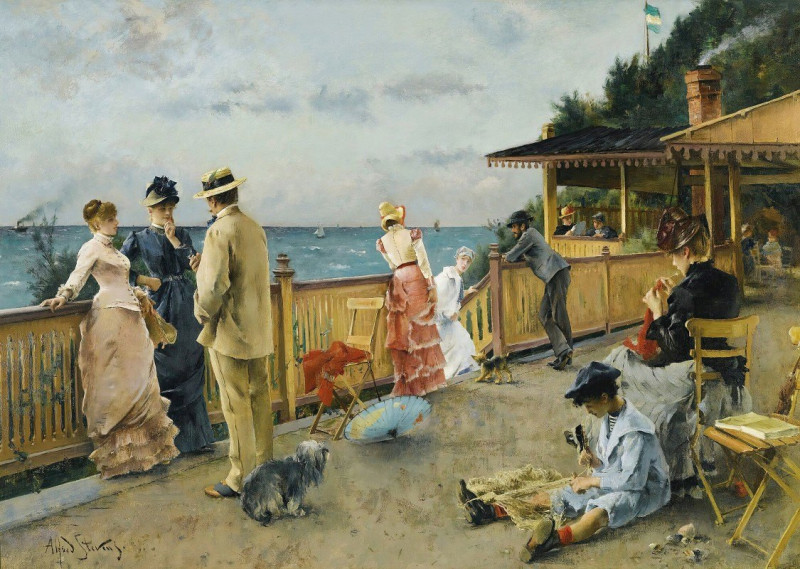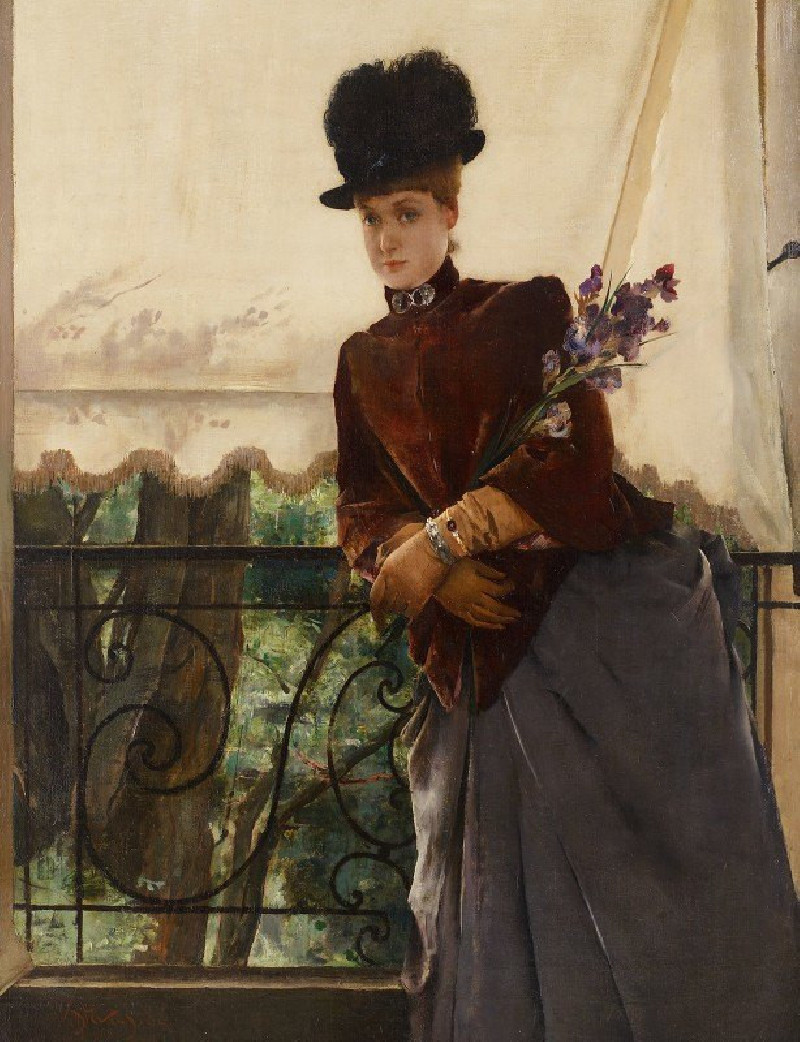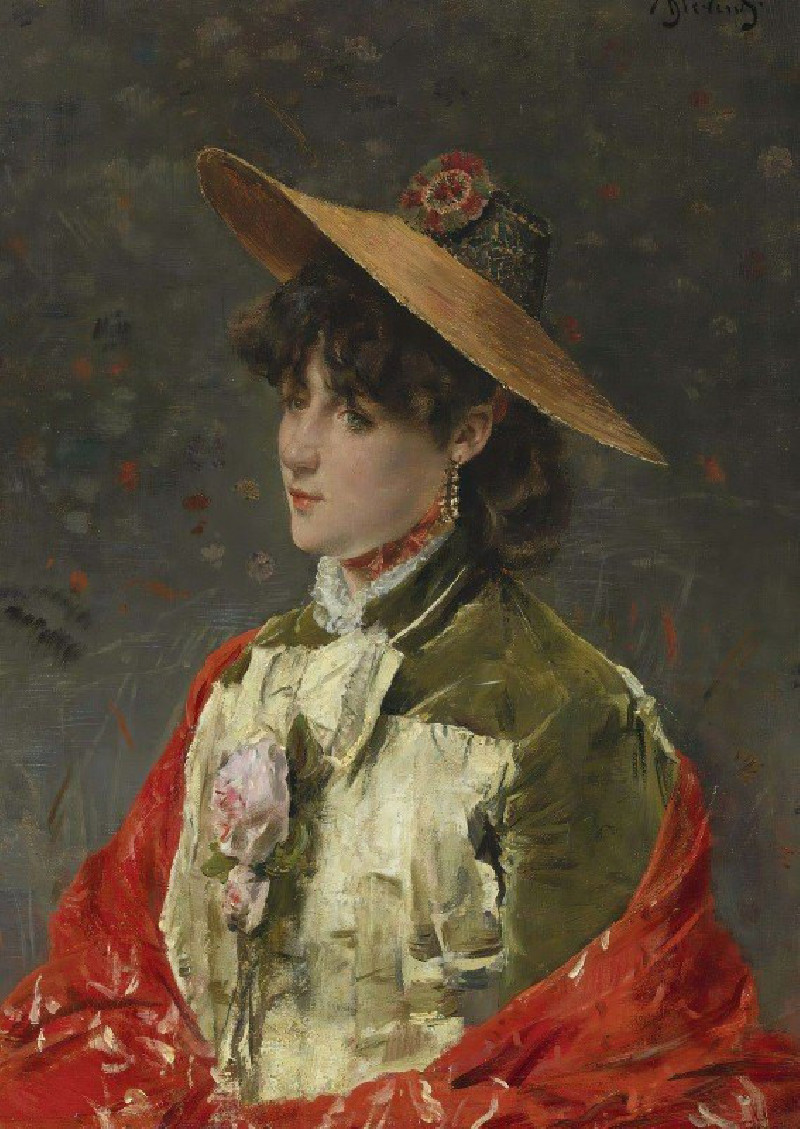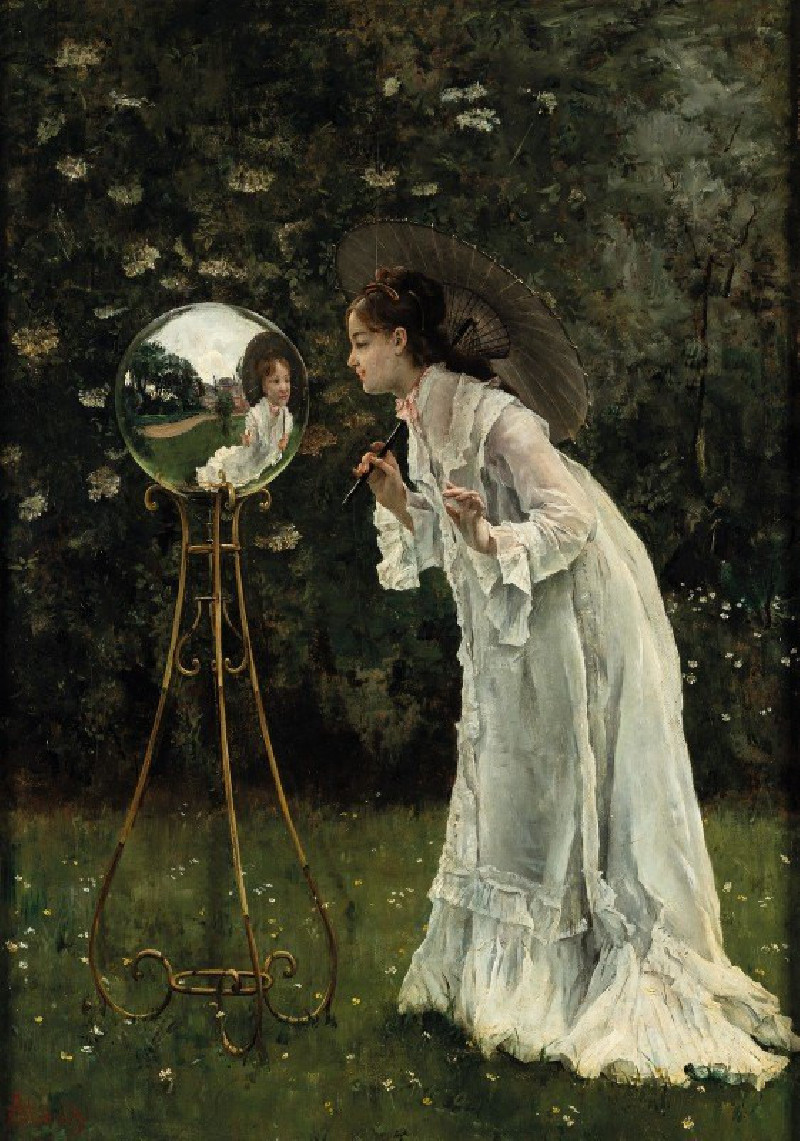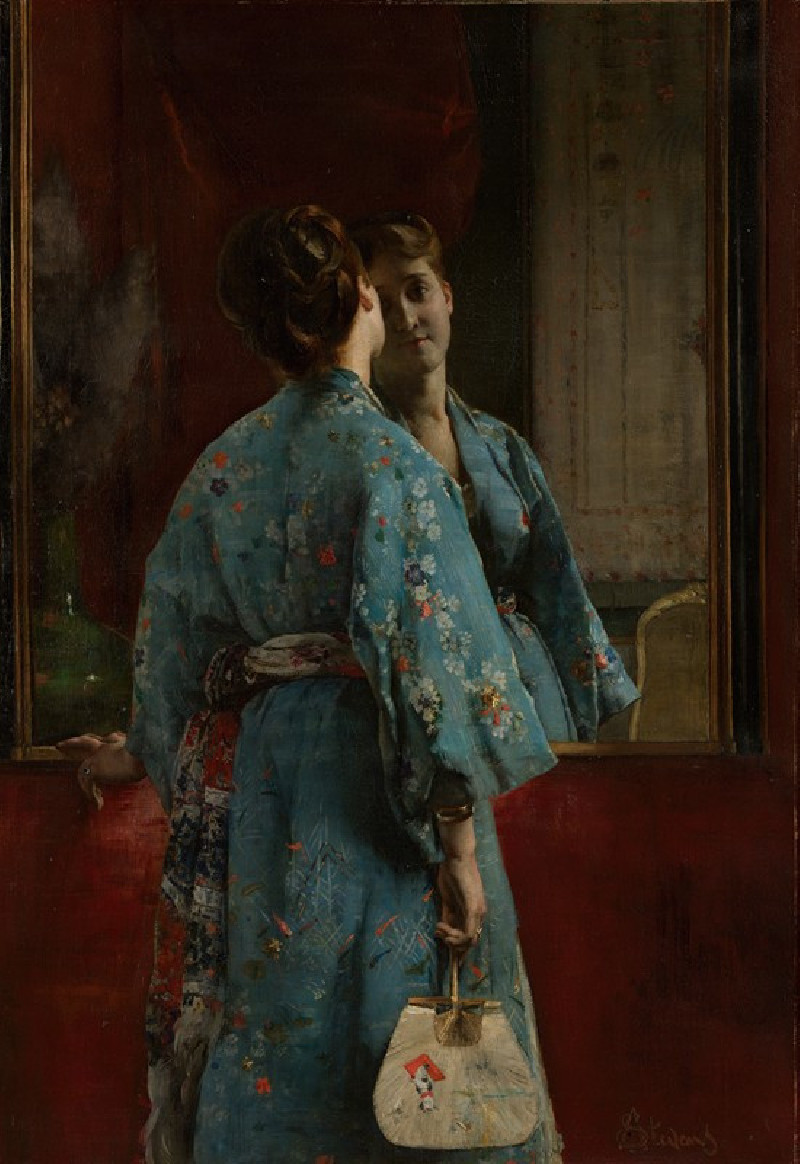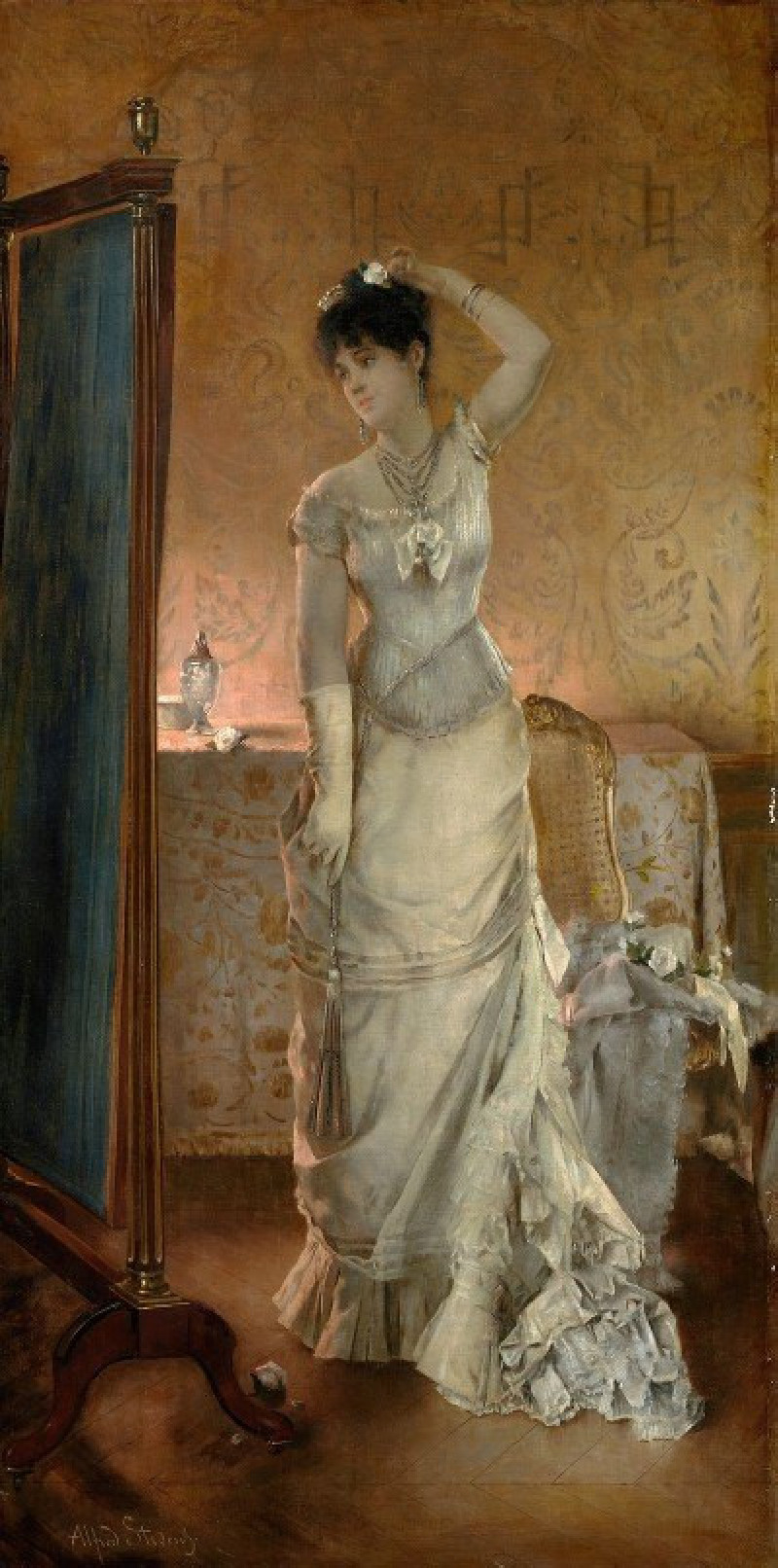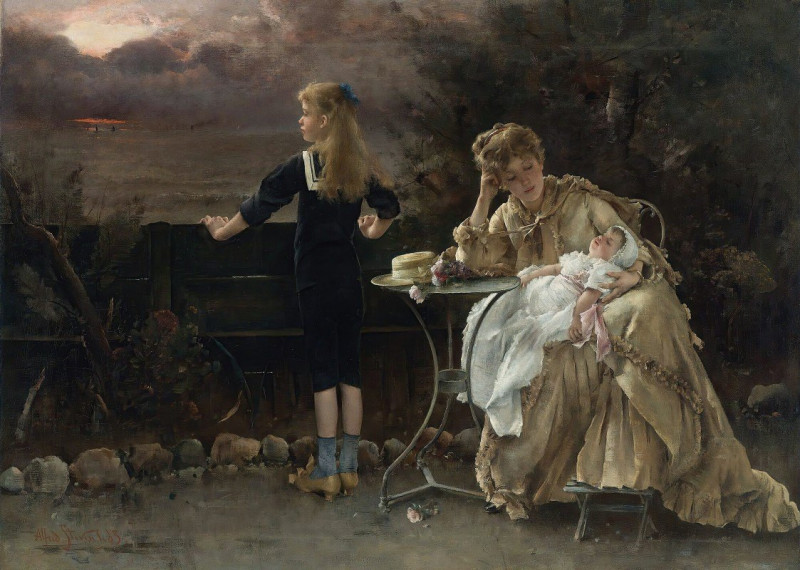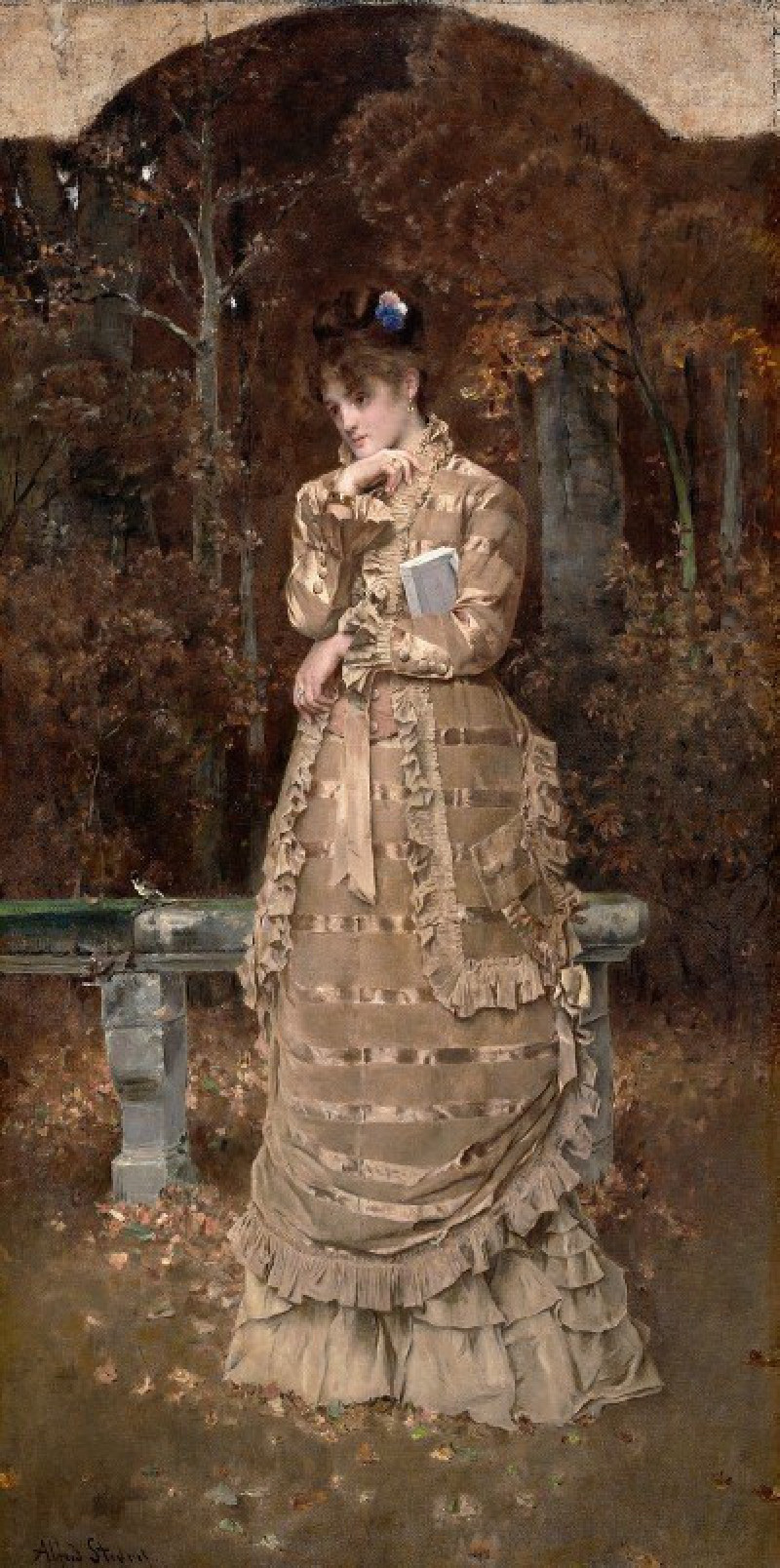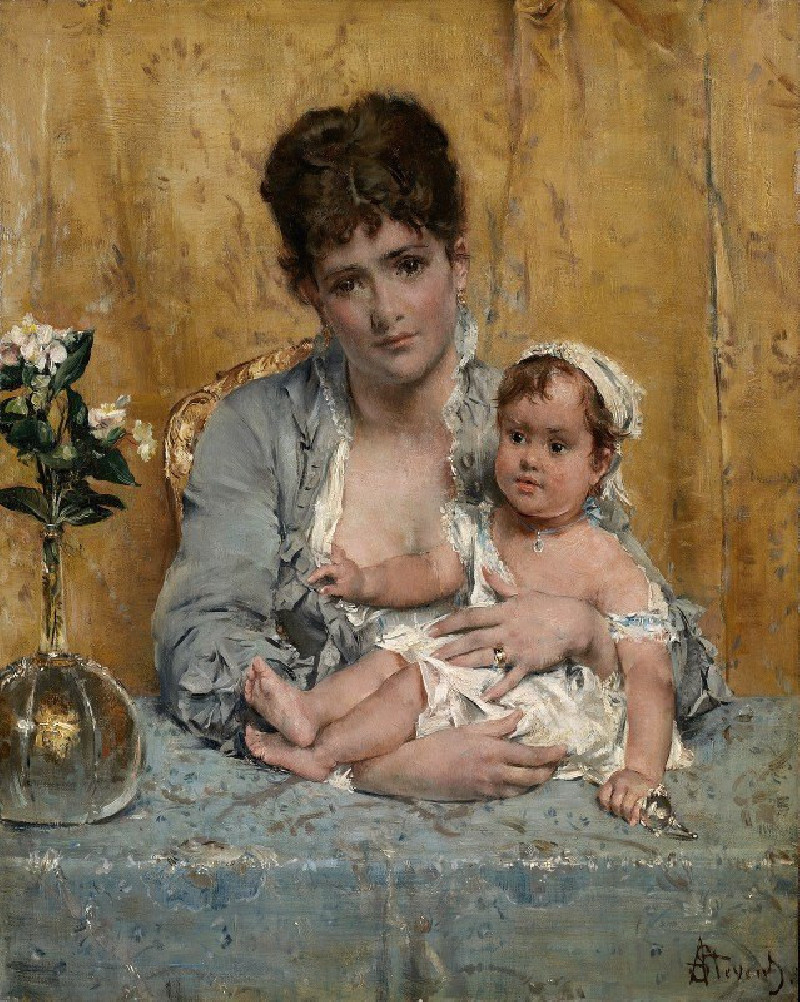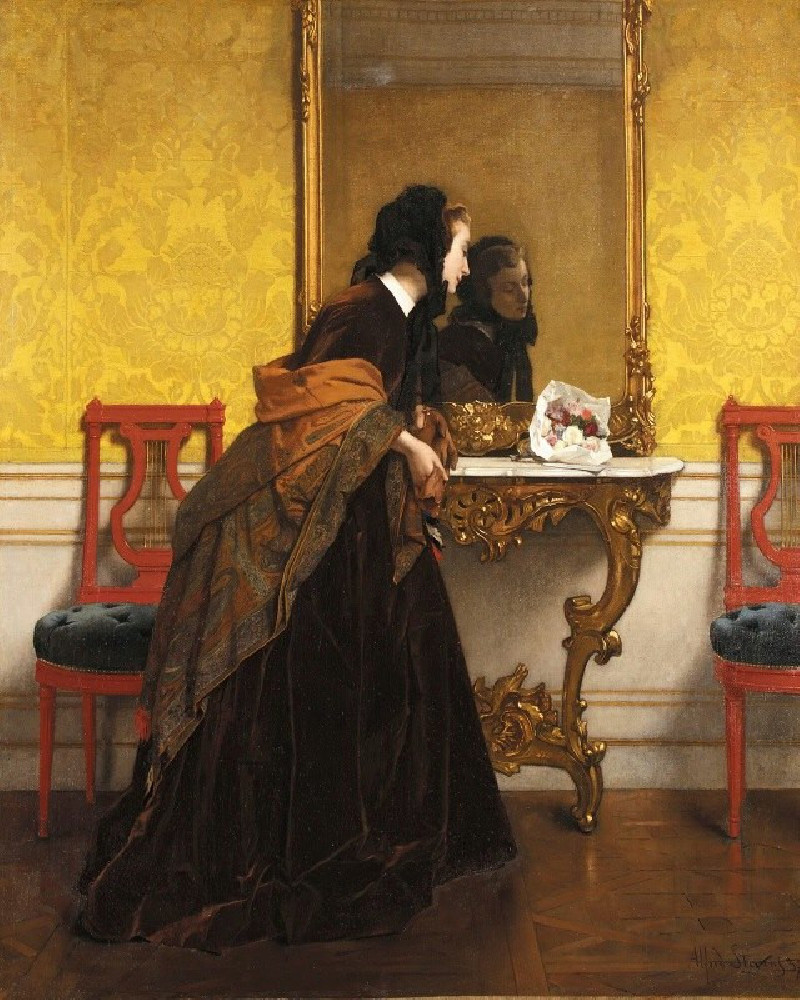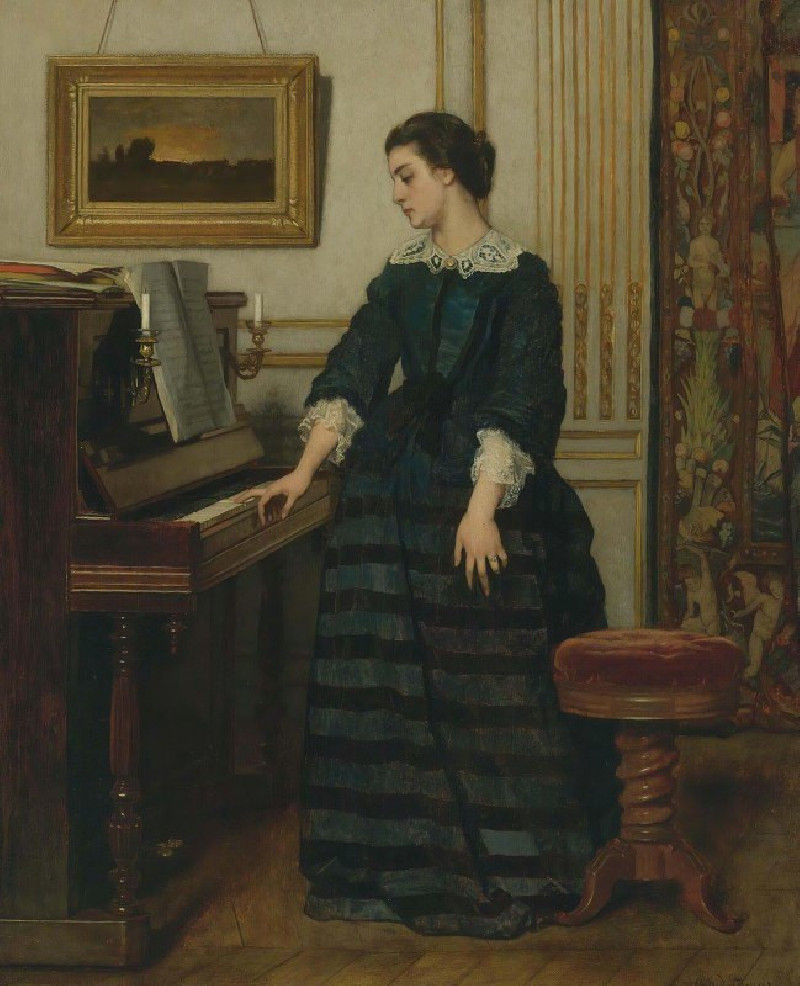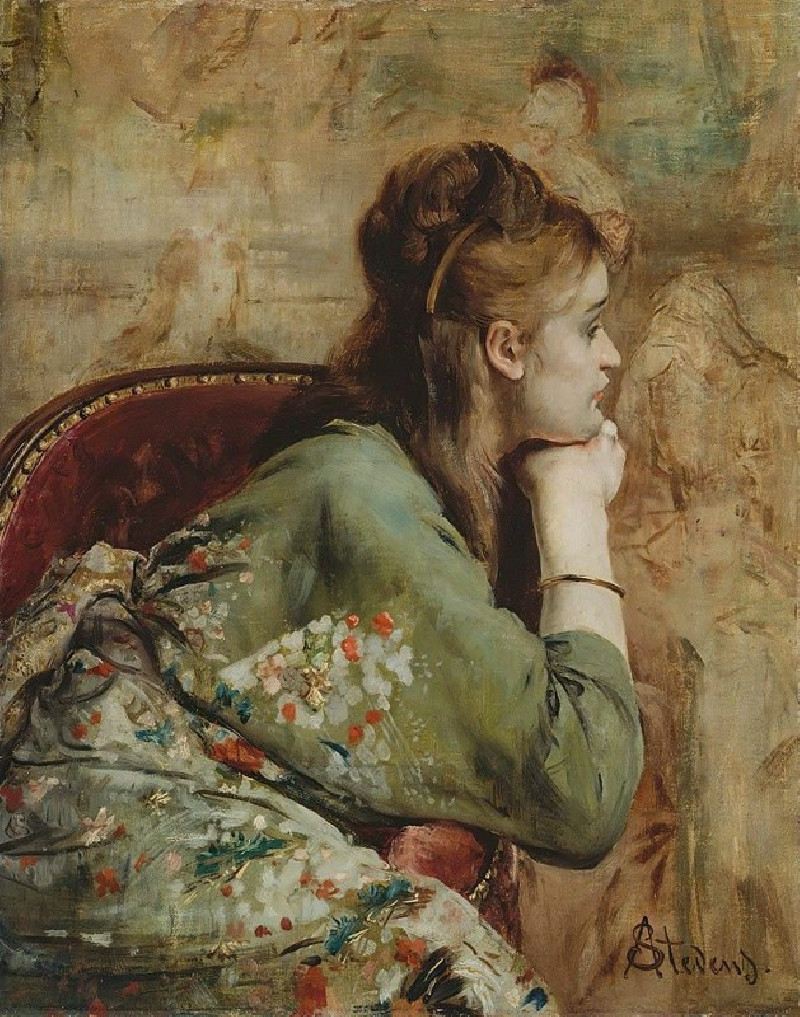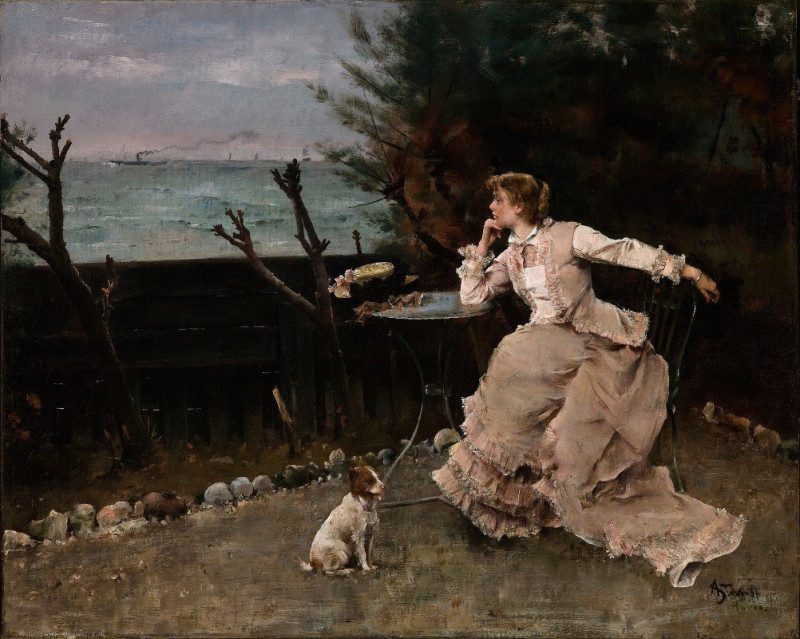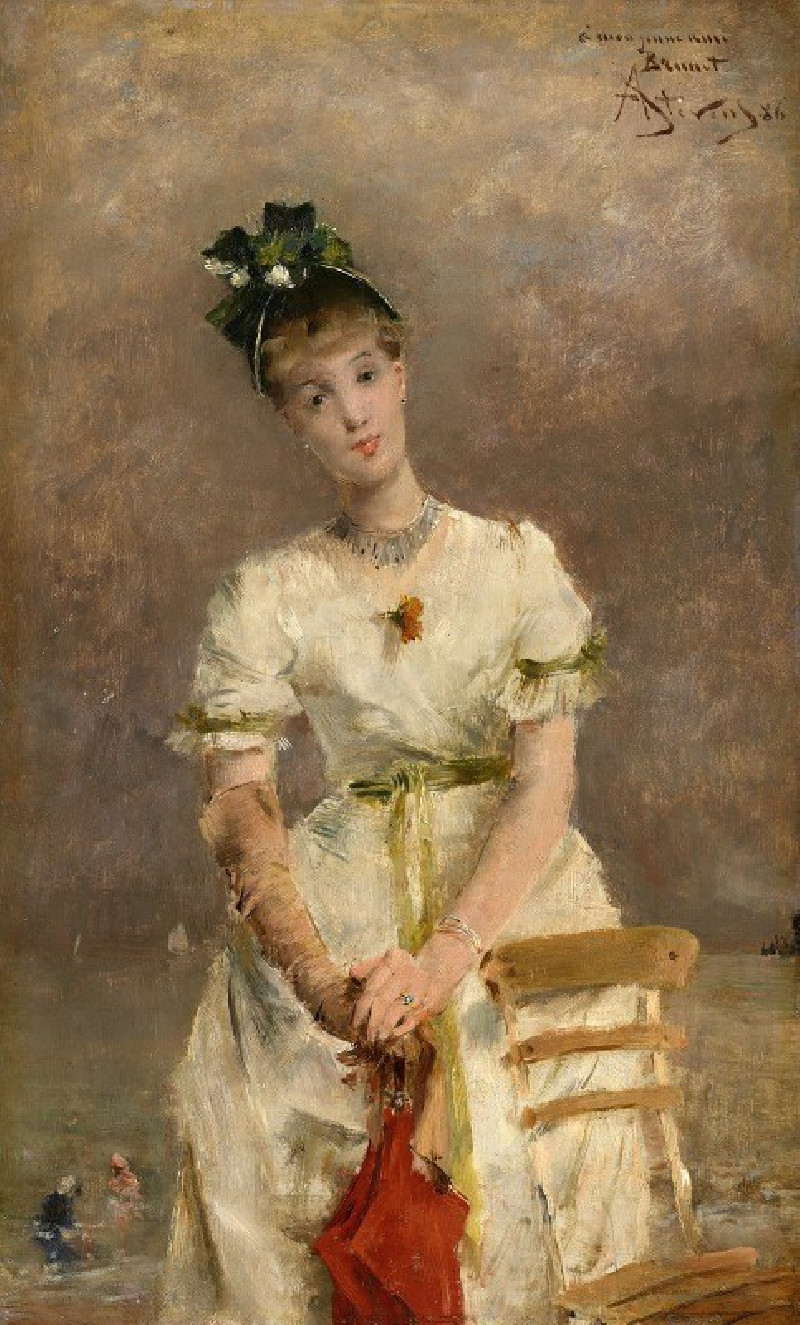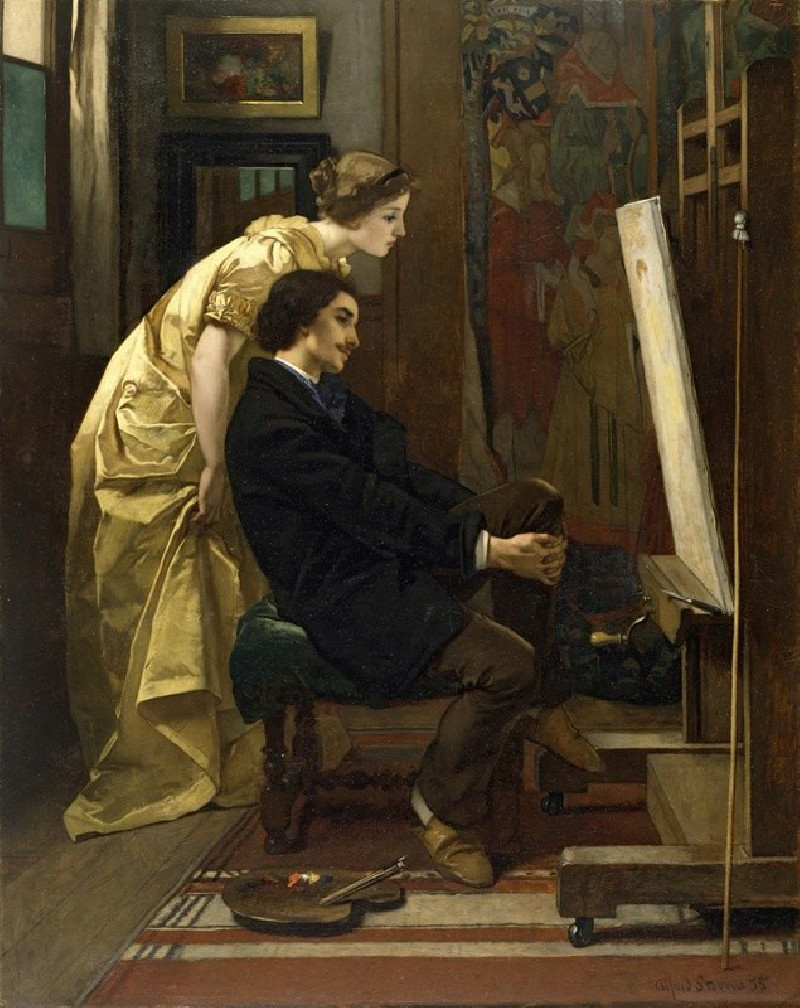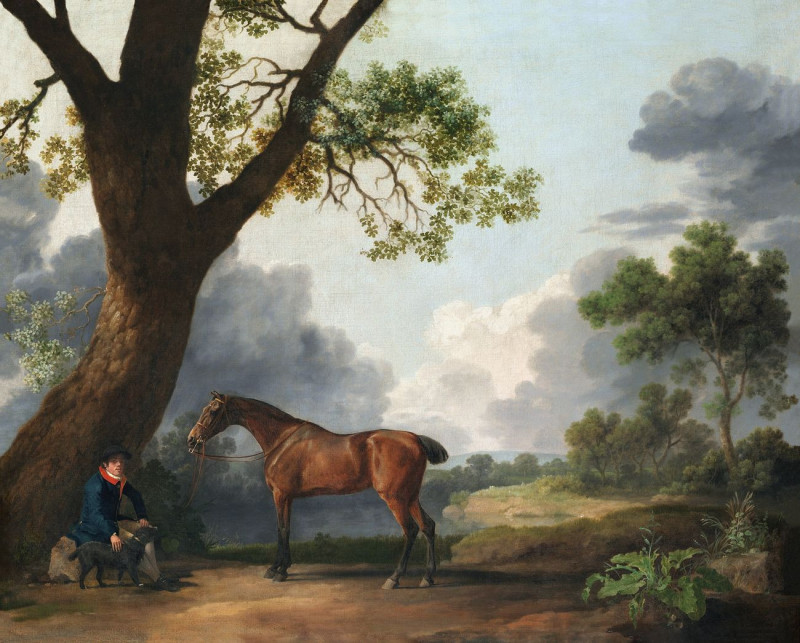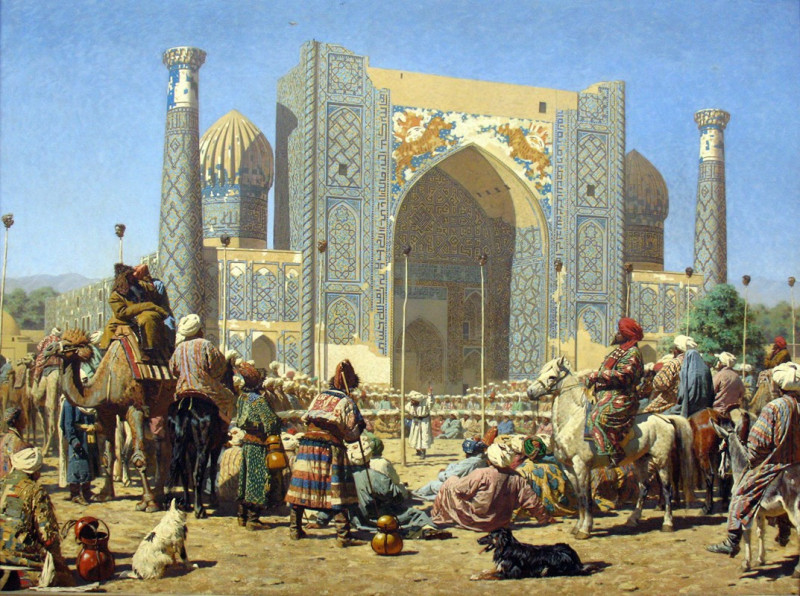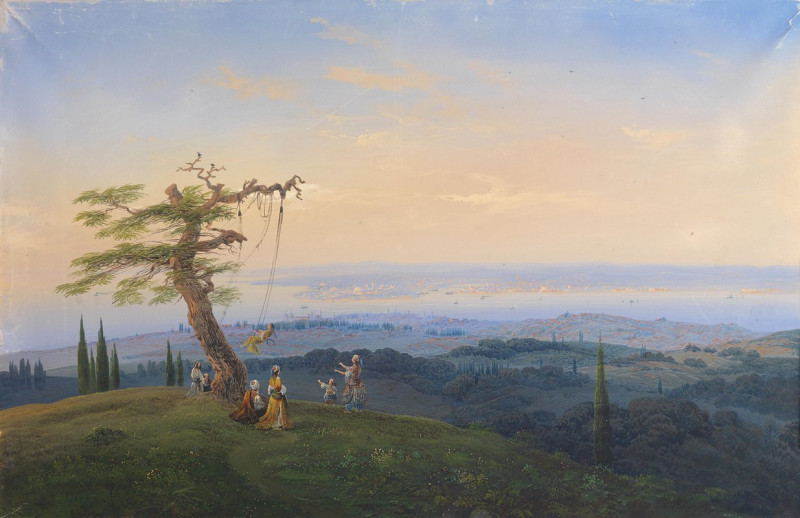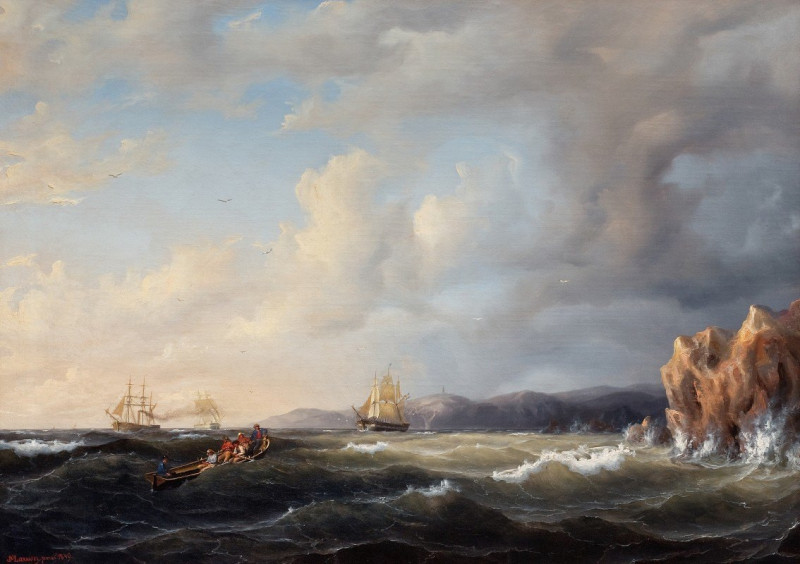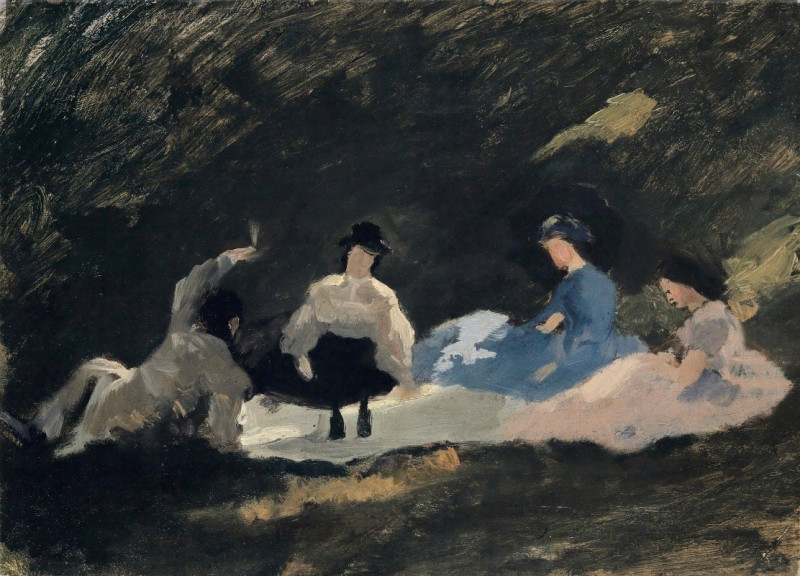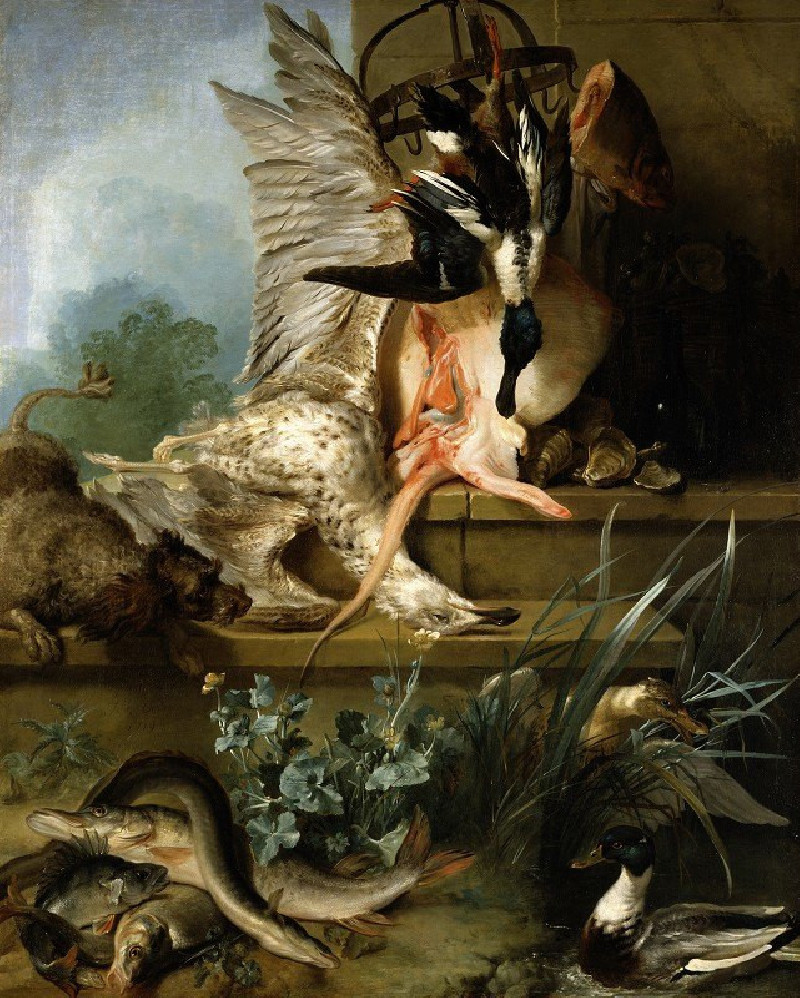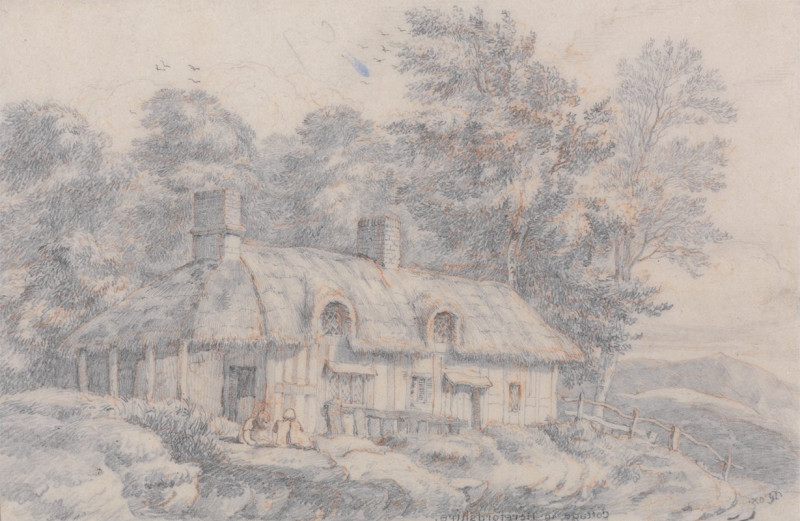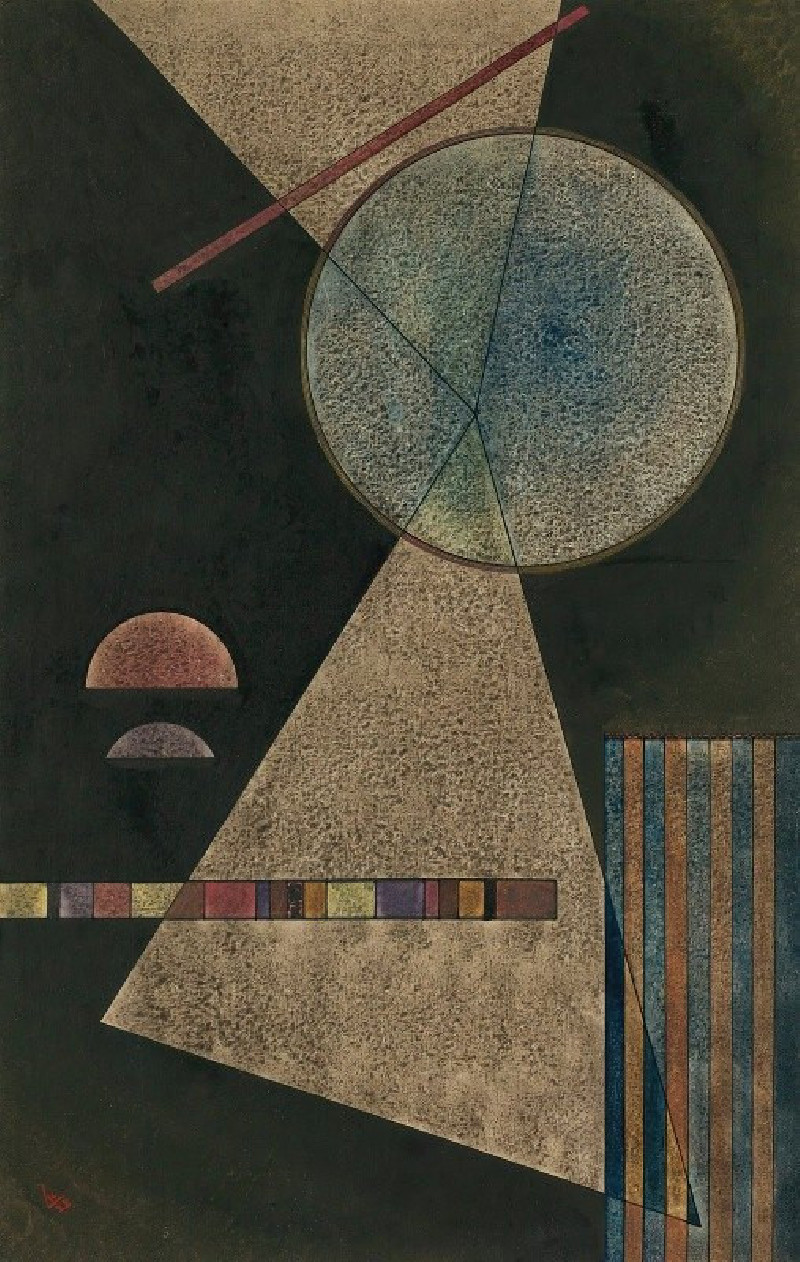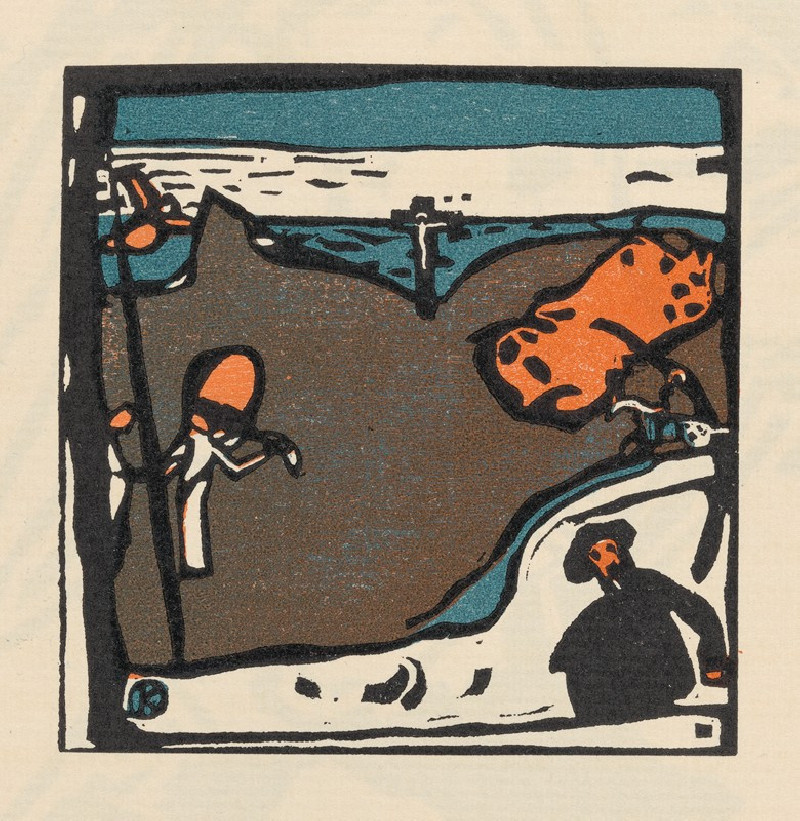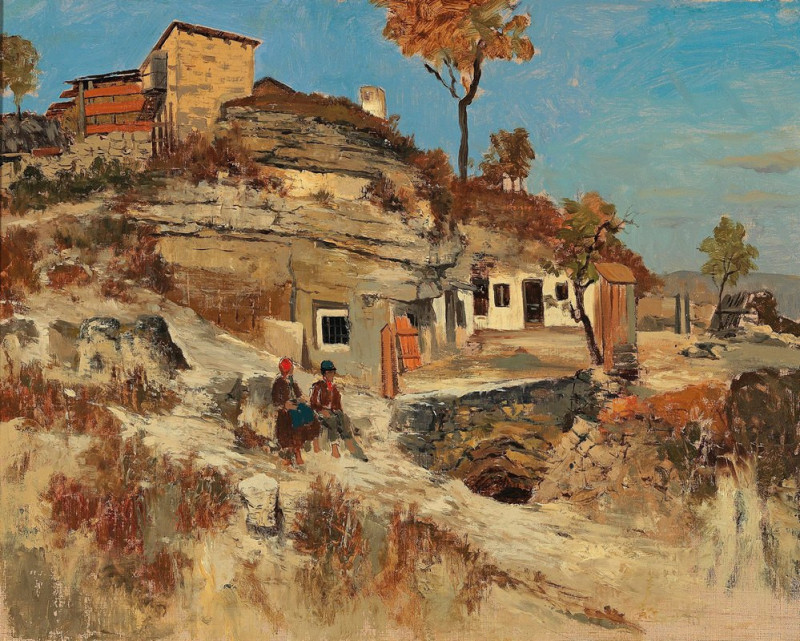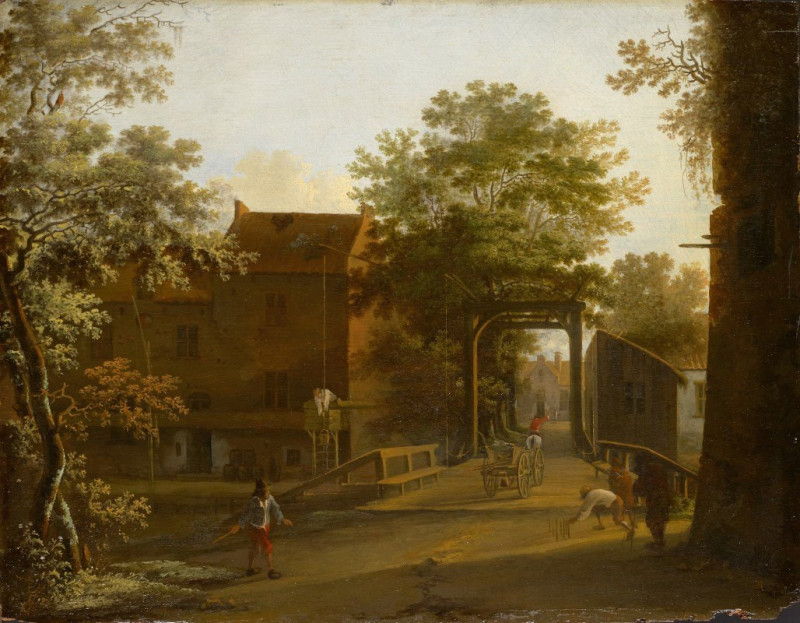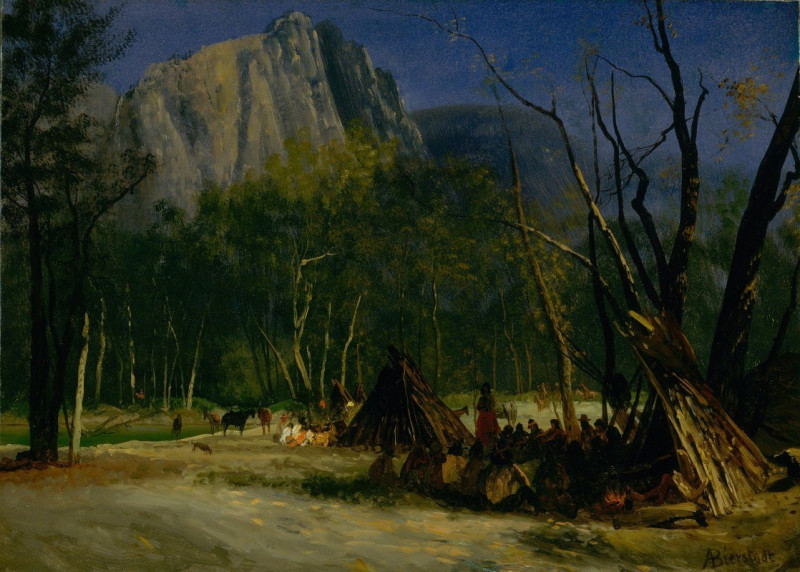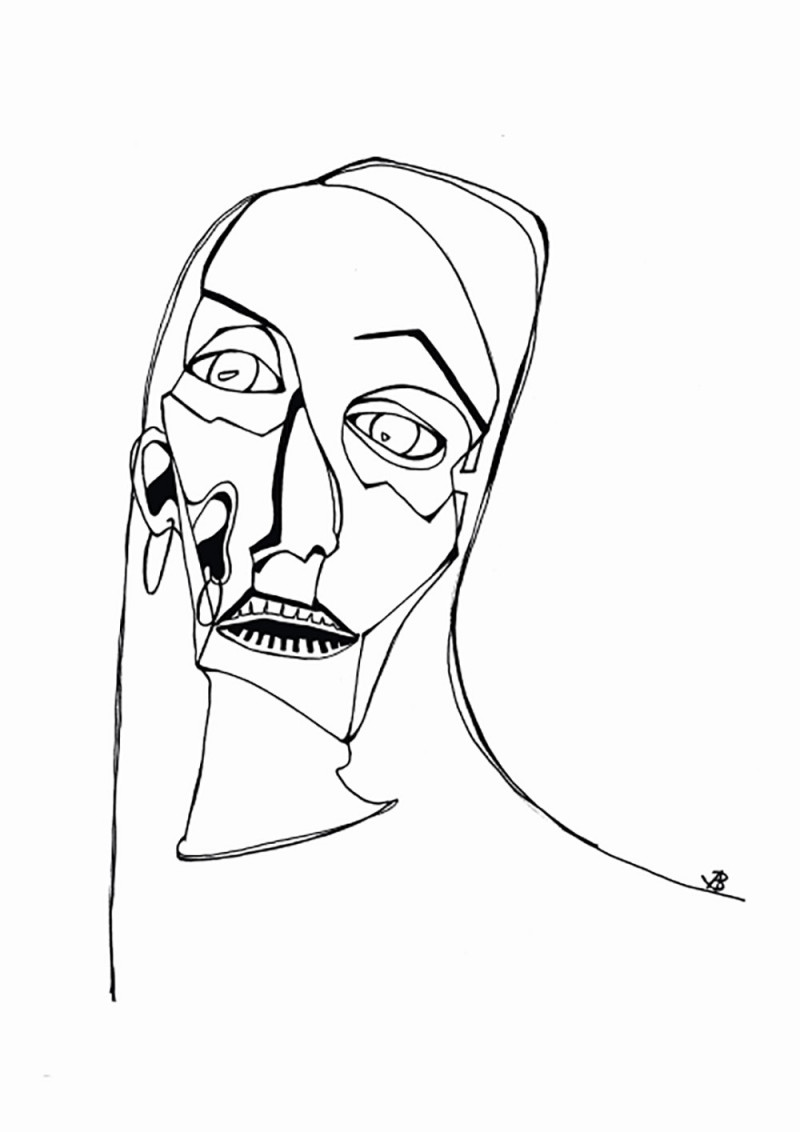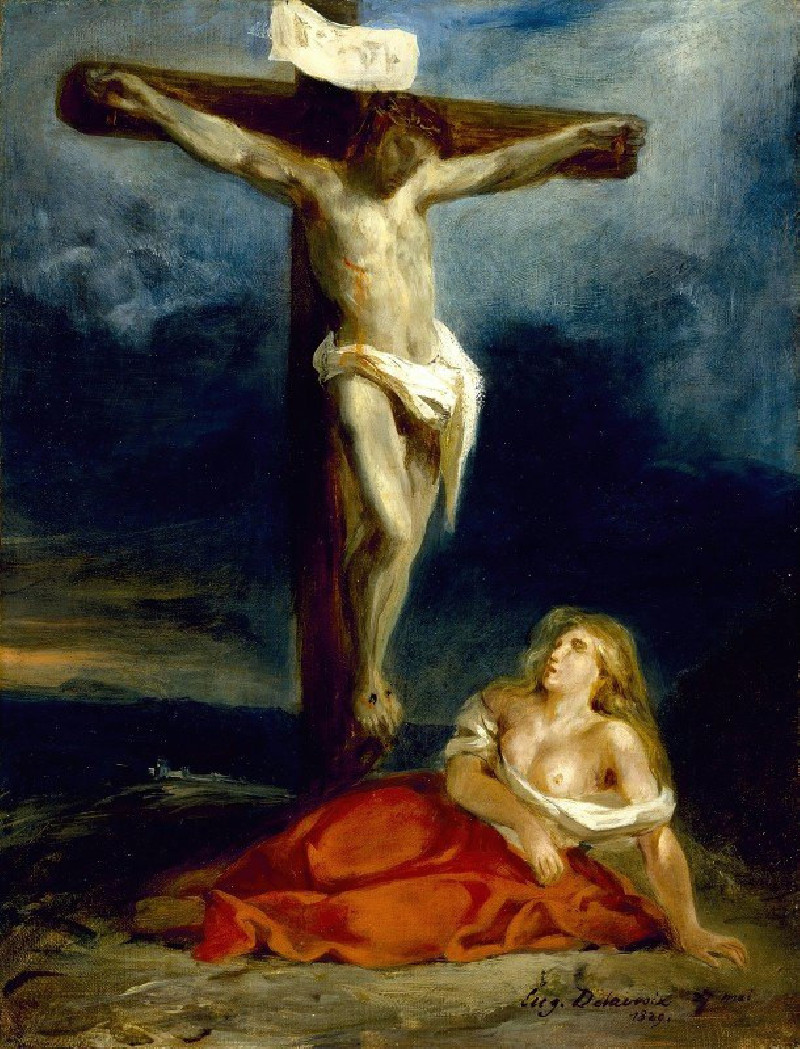De weduwe (1850 - 1906)
Technique: Giclée quality print
Recommended by our customers
More about this artwork
"De weduwe" (The Widow), a poignant piece by the Belgian artist Alfred Stevens, captures the essence of silent sorrow and maternal strength. Painted between 1850 and 1906, Stevens portrays a young widow encased in a somber world where her deep introspection and loss are palpable. In the painting, the widow sits with her children under the shadow of her mourning. She holds a baby gently in her lap, while a slightly older child, wearing a solemn expression akin to her own, rests her head against the mother's comforting hand.The artist masterfully uses a dark, moody palette to accentuate the theme of bereavement, directing all focus on the figures by the subdued use of light. The widow's face, characterized by contemplative, sad eyes and a downturned mouth, evokes a profound empathy in the viewer. Her attire and weary posture reflect both her mourning state and the burden of her new role as a single parent."De weduwe" is a compelling narrative of loss and resilience, rendered with the sensitivity and skill that characterizes much of Alfred Stevens' work.

